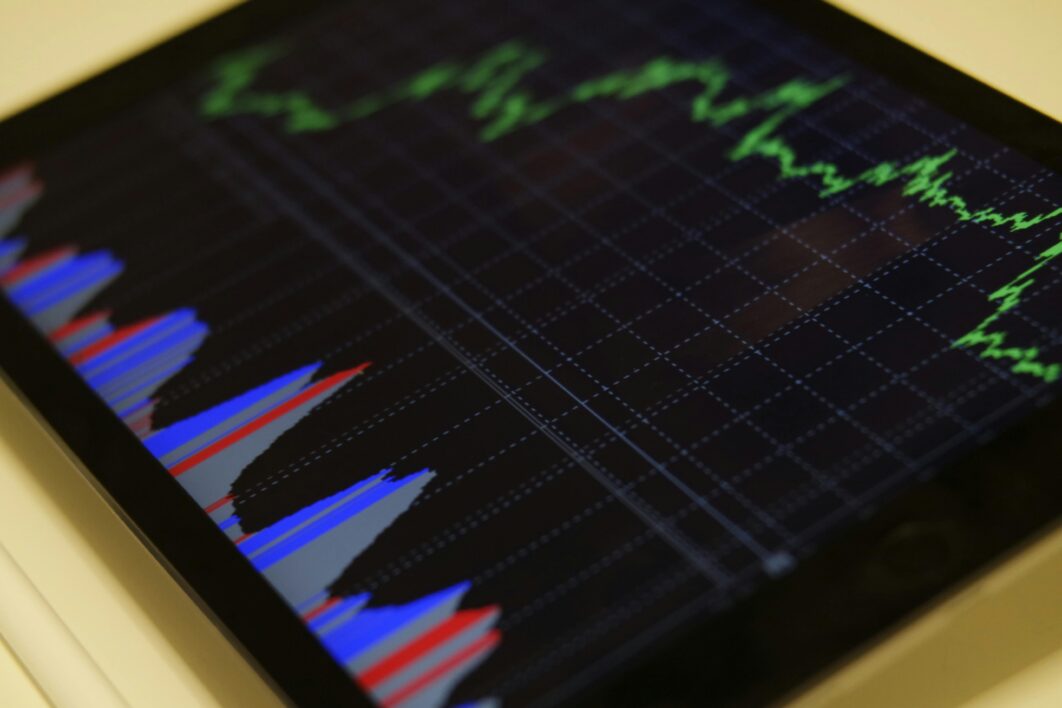
Introduction to Forex Trading
Forex trading, also known as foreign exchange trading or currency trading, is the process of buying and selling currencies in the foreign exchange market. It is the largest and most liquid financial market in the world, with an average daily trading volume exceeding $6 trillion. Forex trading offers individuals and institutions the opportunity to profit from fluctuations in currency prices by speculating on the direction in which one currency will move relative to another.
Understanding the Basics of Forex Trading
At its core, forex trading involves the exchange of one currency for another at an agreed-upon price. Currencies are always traded in pairs, such as EUR/USD (Euro/US Dollar) or GBP/JPY (British Pound/Japanese Yen). The first currency in the pair is called the base currency, while the second currency is known as the quote currency. The exchange rate indicates how much of the quote currency is needed to purchase one unit of the base currency.
The Forex Market Structure
The forex market operates 24 hours a day, five days a week, across major financial centers worldwide, including London, New York, Tokyo, and Sydney. Unlike stock markets, which have a centralized exchange, forex trading takes place over-the-counter (OTC), meaning transactions are conducted directly between parties via electronic networks.
Participants in the Forex Market
The forex market consists of various participants, including:
- Banks and Financial Institutions: Central banks, commercial banks, and investment banks are among the largest players in the forex market. They facilitate currency transactions for clients and engage in speculative trading to manage their own portfolios.
- Corporations: Multinational corporations engage in forex trading to hedge against currency risk associated with international business operations.
- Retail Traders: Individual traders, often referred to as retail traders, access the forex market through online brokers. With the advent of the internet and technological advancements, retail participation in forex trading has surged in recent years.
- Speculators and Investors: Hedge funds, proprietary trading firms, and individual investors engage in forex trading for profit-seeking purposes, speculating on currency price movements based on various factors such as economic indicators, geopolitical events, and technical analysis.
Key Concepts in Forex Trading
To succeed in forex trading, it’s essential to grasp several fundamental concepts:
- Currency Pairs: Understanding the dynamics of currency pairs is crucial. Major pairs, minor pairs, and exotic pairs each have their own characteristics and trading dynamics.
- Leverage: Forex trading often involves the use of leverage, which allows traders to control a large position with a relatively small amount of capital. While leverage amplifies potential profits, it also increases the risk of losses.
- Margin: Margin is the amount of money required to open and maintain a trading position. Brokers typically offer margin trading, allowing traders to leverage their positions beyond their initial investment.
- Spread: The spread is the difference between the bid (selling) and ask (buying) prices of a currency pair. It represents the transaction cost of trading and can impact profitability, especially for high-frequency traders.
- Risk Management: Managing risk is paramount in forex trading. Techniques such as setting stop-loss orders, diversifying positions, and sizing trades appropriately help mitigate potential losses.
Trading Strategies in Forex
Numerous trading strategies are employed by forex traders to capitalize on market opportunities. Some common strategies include:
- Trend Following: Traders identify and follow the prevailing trend in the market, aiming to profit from sustained price movements in the direction of the trend.
- Range Trading: In range-bound markets, traders buy at support levels and sell at resistance levels, capitalizing on price oscillations within a defined range.
- Breakout Trading: Traders enter positions when price breaks out of a significant technical level, such as a support or resistance level, anticipating a continuation of the momentum.
- Carry Trade: This strategy involves borrowing funds in a low-interest-rate currency and investing in a higher-yielding currency, profiting from the interest rate differential.
- News Trading: Traders capitalize on market volatility triggered by economic news releases and geopolitical events, entering positions based on the impact of such events on currency prices.

Risk Management and Psychology
Successful forex trading requires a disciplined approach to risk management and a sound psychological mindset. Emotions such as fear, greed, and overconfidence can cloud judgment and lead to impulsive decision-making. Traders should adhere to a predetermined trading plan, set realistic goals, and maintain emotional stability to navigate the challenges of the forex market effectively.
Education and Continual Learning
Continuous education and skill development are essential for aspiring forex traders. Resources such as online courses, books, webinars, and demo trading accounts provide valuable knowledge and practical experience. Moreover, staying updated on market developments, economic indicators, and geopolitical events is crucial for making informed trading decisions.
Conclusion
Forex trading offers lucrative opportunities for individuals and institutions to profit from the dynamic fluctuations in currency prices. However, success in forex trading requires a combination of knowledge, discipline, risk management, and psychological resilience. By understanding the fundamentals of forex trading, mastering trading strategies, and adopting a proactive approach to education and learning, aspiring traders can embark on a rewarding journey towards financial independence in the forex market.
